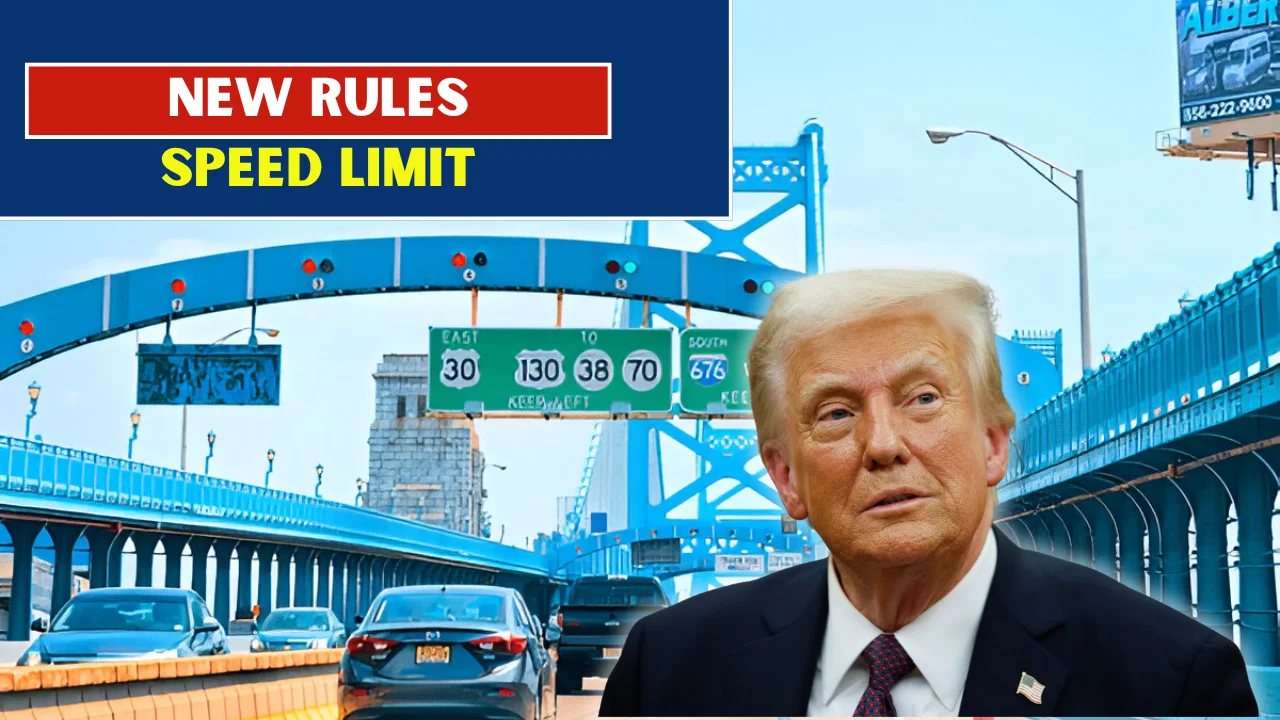US is taking a tougher stance on reckless driving with a new law aimed squarely at dangerous speeders. The legislation introduces stricter penalties, particularly for those exceeding speed limits by large margins, and brings significant changes to how violations are handled.
The message from lawmakers is clear: driving at excessive speeds will come with serious consequences—especially for repeat offenders.
New Penalty System for High-Speed Offenses
Under the updated law, drivers caught speeding excessively face escalating penalties depending on the number of offenses and severity of the violation. Here’s how the new structure works:
| Violation Type | Max Jail Time | Fine | Additional Penalties |
|---|---|---|---|
| First-Time Offense | Up to 30 days | $500 | Mandatory court appearance |
| Repeat Offense (2nd or more) | Up to 90 days | $1,000 | Mandatory court appearance |
| Repeat Offense Within 5 Years | N/A | N/A | License suspension for 6 to 12 months |
One of the biggest changes? If you’re caught driving 50 mph or more over the speed limit, you must appear in court. Online or mail-in payments are no longer an option. This move highlights how seriously the state now treats extreme speeding violations.
Police Gain More Authority to Penalize Drivers
Beyond criminal charges, the law expands police discretion. Officers can now issue civil penalties if a driver is traveling 30 mph or more above the speed limit—even if it doesn’t qualify for criminal prosecution.
Factors like the time of day, surrounding traffic conditions, and the proximity to other drivers or pedestrians can influence whether an officer imposes additional penalties. This flexibility allows law enforcement to better assess and respond to dangerous driving on a case-by-case basis.
Why This Law Was Put in Place
Florida’s roads have seen a troubling spike in high-speed crashes. In 2023 alone, speeding contributed to over 16,000 traffic accidents, resulting in nearly 170 fatalities and more than 460 serious injuries.
Data shows that many of these crashes involved drivers going at extreme speeds, often in low-traffic windows like early morning or late at night. Authorities hope the new rules will deter this type of risky behavior and make roads safer for everyone.
Who’s Most at Risk?
This law targets drivers who engage in especially reckless speeding—think flying down residential streets at triple the limit or hitting 120 mph on the highway.
Even first-time violators aren’t spared. One offense can result in jail time and a required court appearance. For those with prior convictions, the stakes are higher. If you’re caught again within five years, you could lose your license for up to a year.
Real-World Scenarios: What the Law Looks Like in Action
To put it into perspective, here are two examples of how the law would apply:
Example 1: A motorist is clocked at 75 mph in a 25 mph school zone—that’s a full 50 mph over the limit. This is now a criminal offense, and the driver must appear in court. Jail time and steep fines are possible outcomes.
Example 2: A driver is doing 120 mph in a 70 mph zone. Though it’s the same 50-mph threshold, if the driver is also swerving between cars or tailgating, harsher penalties could apply due to the added recklessness.
Mandatory Court Hearings: No More Easy Way Out
Anyone caught exceeding the limit by 50 mph or more is automatically required to appear in court. This mandatory hearing ensures that drivers face accountability—and gives judges an opportunity to weigh aggravating factors.
Those could include:
Having children in the vehicle
Speeding in school or construction zones
Driving dangerously near pedestrians
Such factors can lead to even stricter sentencing.
Protecting Public Safety: What Drivers Should Do Now
State officials emphasize that the law isn’t meant to penalize everyday drivers who accidentally go a few miles over the limit. Instead, it’s focused on stopping dangerous, high-speed driving that puts lives at risk.
Drivers are urged to:
Stay aware of posted speed limits
Avoid aggressive driving, especially at night
Understand that police are now more empowered—and better equipped—to catch extreme speeders
Law enforcement agencies are also ramping up patrols, particularly during late-night and early morning hours when these violations are most common. Advanced radar and laser systems are being used to monitor speeding hotspots.
Final Thoughts: Drive Smart, Stay Safe
With the implementation of this law, Florida is sending a strong message: high-speed driving won’t be tolerated. Whether you’re a first-time offender or someone with a history of reckless behavior, the consequences just got much steeper.
If you want to avoid court dates, fines, or losing your license—keep your speed in check. It’s not just about following the rules—it’s about keeping yourself and others safe on the road.
